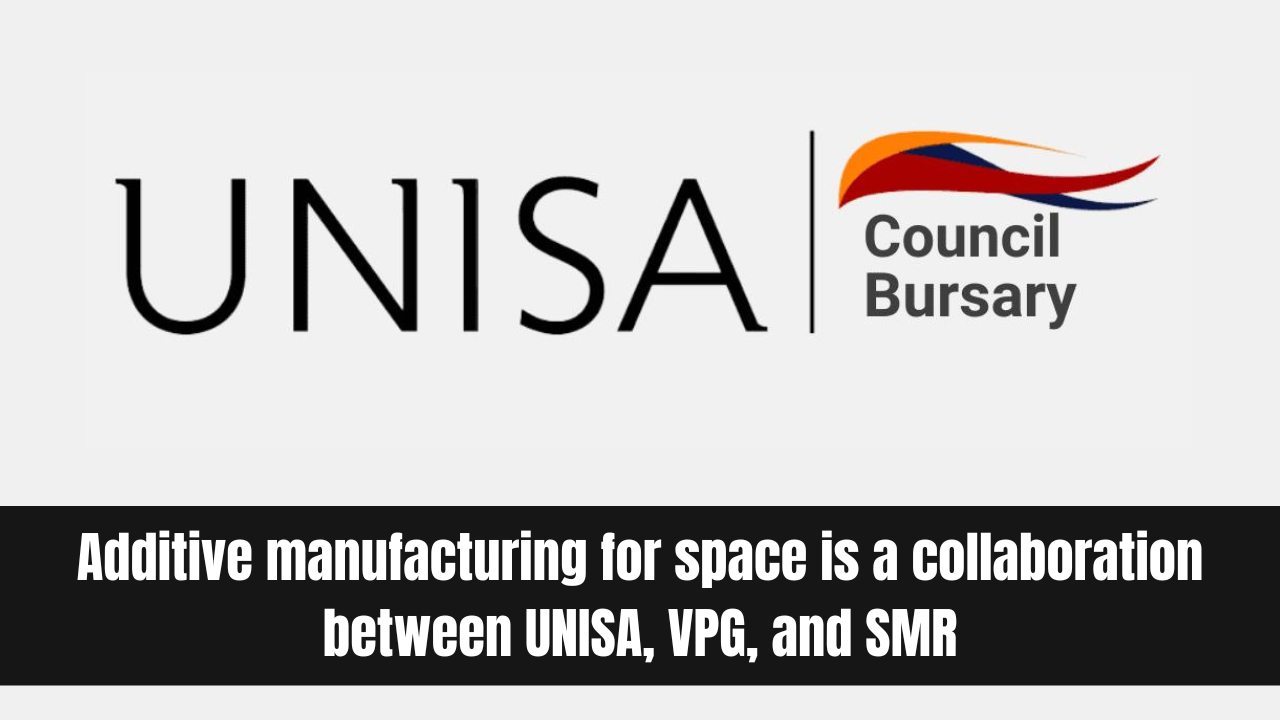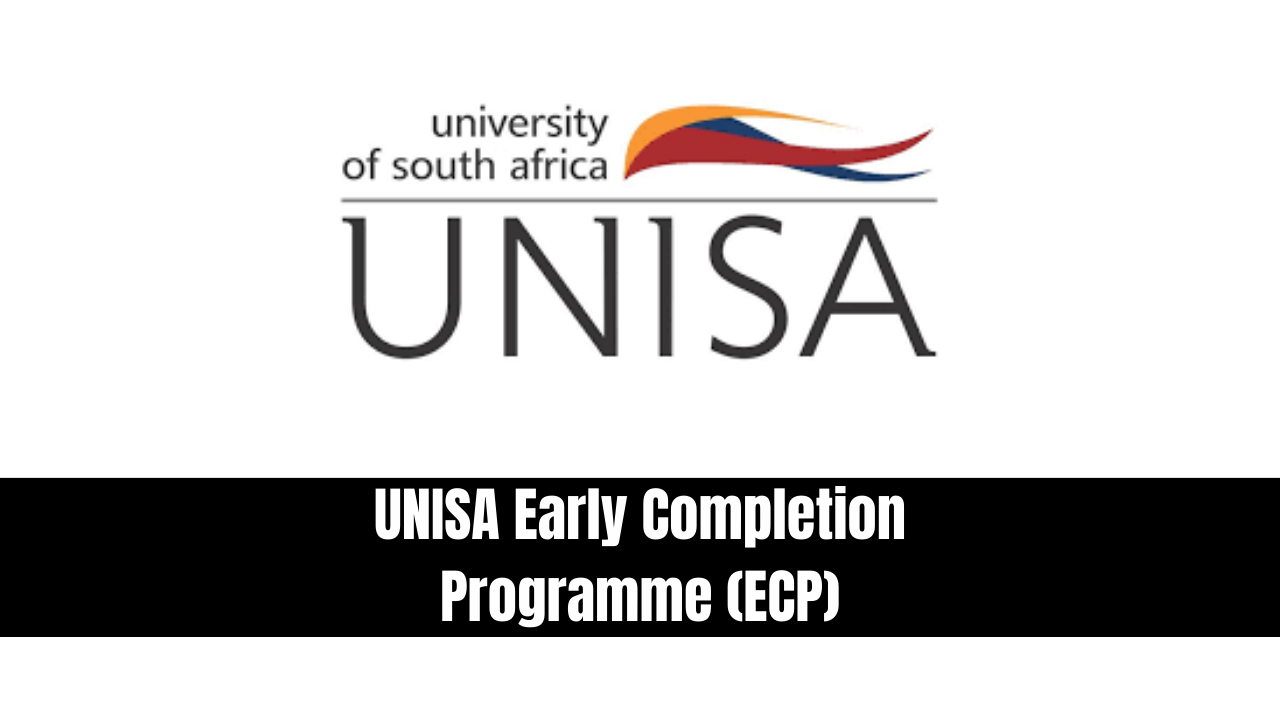Additive manufacturing for space is a collaboration between UNISA, VPG, and SMR. In a groundbreaking collaboration, the University of South Australia (UNISA), VPG Innovation, and SMR Australia are joining forces to advance additive space manufacturing.
This innovative endeavor focuses on the development of freeform optics, a cutting-edge optics technology made possible by advancements in additive manufacturing techniques.
UNISA Unlocking Freeform Optics Potential
The term “freeform optics” encapsulates a technology that breaks away from traditional symmetry constraints in design. Mirrors, a crucial component of freeform optics, can now be intricately designed and additively manufactured, allowing for complex shapes that provide expansive fields of view within compact packaging, all while withstanding the rigors of the space environment.
iLAuNCH Trailblazer UNISA Vision
Darin Lovett, the executive director of iLAuNCH Trailblazer, highlights the project’s alignment with the organization’s mission. He emphasizes the transition from a 2021 Defence Innovation Partnership (DIP) concept demonstrator, exploring the viability of Freeform Optical Components for small satellites, to practical application using Australian technology.
UNISA Advancements in Surface Finishing
A critical aspect of freeform optics development is the ability to process additively manufactured parts to achieve a mirror finish. Traditional surface-finishing processes fall short for freeform surfaces, and there’s the added challenge of creating a stable, durable coating suitable for the harsh low Earth orbit environment.
UNISA Innovative Contribution
The Future Industries Institute at UniSA plays a pivotal role in pushing the boundaries of additive manufacturing. Dr. Kamil Zuber, a senior research fellow at UniSA, explains their focus on developing an optical-grade finish on additive material substrates for optical components in satellites. The institute is also working on a coating system for reflective optical components tailored for space applications.
Adelaide-Based Expertise
Project partners VPG Innovation and SMR Australia, both based in Adelaide, bring extensive experience in traditional and additive manufacturing, as well as product development for the automotive and defense sectors. Their combined capabilities in additive manufacturing, molding, and vacuum coating enable the commercial production of the developed product.
Transformative Power of Additive Manufacturing
Stärke-AMG’s co-founder and group CEO, Al Jawhari, expresses confidence in the transformative power of additive manufacturing. The collaborative effort aims to revolutionize emerging freeform optics technology, leading the way in Australia’s development of new space capabilities and small satellite platforms.
Expanding ISR Capabilities
The project’s overarching goal is to enhance Intelligence, Surveillance, and Reconnaissance (ISR) capabilities for space satellites and satellite platforms. Through prototyping and validation, the team will focus on space-grade materials and durable coatings for optical and structural satellite components, utilizing substrates made through polymer and metal additive manufacturing.
Guidelines and Standards for Space Materials
As part of the project, the team will delve into the exploration, validation, and testing of both existing and emerging space materials. The aim is to establish guidelines and standards for space materials used in satellite components, contributing to the advancement of the Australian space sector.
Conclusion
The collaborative efforts of UniSA, VPG, and SMR mark a significant stride in additive space manufacturing. Their pioneering work on freeform optics showcases the transformative potential of additive technologies, propelling the Australian space sector into a new era of innovation and capability.






